Advice needed on best TTTF Cultivars and Spring vs Fall overseed
Lawn_Hobby
12 years ago
Related Stories

GARDENING GUIDES6 Unsung Bulbs for Fall Planting
Don't hang up your spade after summer — plant these unusual bulbs in fall for a spectacular spring show
Full Story
FALL GARDENING6 Trees You'll Fall For
Don’t put down that spade! Autumn is the perfect time for planting these trees
Full Story
LANDSCAPE DESIGN7 Great Trees for Summer Shade and Fall Color
These landscape-pro faves straddle the seasons beautifully. Could one enhance your own yard?
Full Story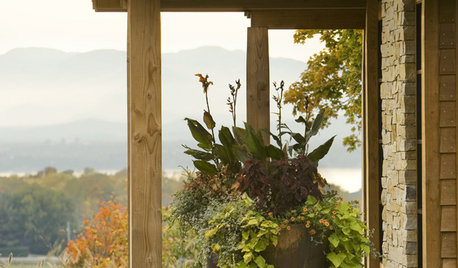
GARDENING GUIDESGrow a Beautiful Fall Garden in a Pot
Welcome autumn with 7 gorgeous plants that thrive in containers and enliven your porch or patio throughout the cooler season
Full Story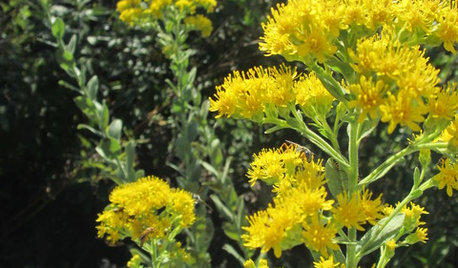
FALL GARDENINGGreat Design Plant: Oligoneuron Rigidum Brightens Fall Gardens
Create a pollinator feeding ground with this cheery, fuss-free goldenrod, formerly known as Solidago rigida, native to much of the U.S.
Full Story
TREES7 Deer-Resistant Flowering Trees to Plant this Fall
If you live in a neighborhood with roaming deer, consider these beautiful trees that won't tempt hungry guests
Full Story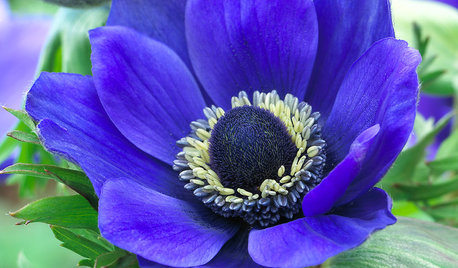
FALL GARDENING6 Splendid Blue-Flowering Bulbs
How do you blue? With colors from sky to cobalt, these bulbs will greet you merrily in a spring garden
Full Story
GARDENING GUIDESGreat Design Plant: Grow Blueberries for Their Fruit and More
Eastern gardeners should consider growing blueberry plants for their delicious fruits, bee-friendly spring blooms and brilliant fall foliage
Full Story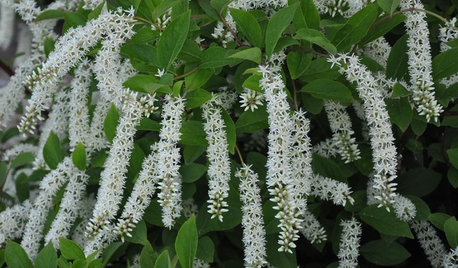
RED FOLIAGEGreat Design Plant: 'Little Henry' Sweetspire
Small in stature but big on impact, this fuss-free shrub promises spring flowers, fiery fall color and good manners in the garden
Full Story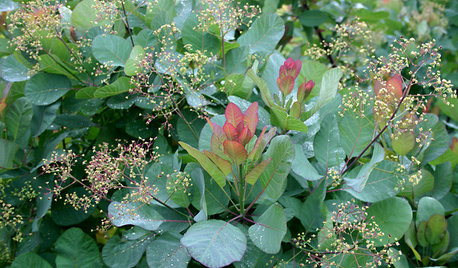
LANDSCAPE DESIGNGreat Design Plant: Old Fashioned Smoke Bush
Balance garden color with this shrub's cool blue-green foliage, luminous when backlit and sporting yellow-green flowers in spring
Full StoryMore Discussions






tiemco
john_in_sc
Related Professionals
Fillmore Landscape Architects & Landscape Designers · Montgomeryville Landscape Architects & Landscape Designers · Goodyear Landscape Contractors · Jackson Landscape Contractors · Boca Raton Landscape Contractors · Brownsville Landscape Contractors · Canton Landscape Contractors · Dinuba Landscape Contractors · Dudley Landscape Contractors · Fort Wayne Landscape Contractors · Fuquay-Varina Landscape Contractors · Milton Landscape Contractors · Natick Landscape Contractors · Vacaville Landscape Contractors · Wayland Landscape ContractorsLawn_HobbyOriginal Author
Lawn_HobbyOriginal Author
john_in_sc
Lawn_HobbyOriginal Author
tiemco
Lawn_HobbyOriginal Author
tiemco
Lawn_HobbyOriginal Author
Lawn_HobbyOriginal Author
grass1950
Lawn_HobbyOriginal Author
dchall_san_antonio
Lawn_HobbyOriginal Author
Lawn_HobbyOriginal Author
Lawn_HobbyOriginal Author
tiemco
Lawn_HobbyOriginal Author
tiemco
dchall_san_antonio
Lawn_HobbyOriginal Author
Lawn_HobbyOriginal Author
tiemco
Lawn_HobbyOriginal Author
dchall_san_antonio
Lawn_HobbyOriginal Author
Lawn_HobbyOriginal Author
tiemco
Lawn_HobbyOriginal Author
Lawn_HobbyOriginal Author
Lawn_HobbyOriginal Author
tiemco
Lawn_HobbyOriginal Author
Lawn_HobbyOriginal Author
Lawn_HobbyOriginal Author
tiemco
Lawn_HobbyOriginal Author
tiemco
Lawn_HobbyOriginal Author
Lawn_HobbyOriginal Author
Lawn_HobbyOriginal Author
tiemco
grass1950
Lawn_HobbyOriginal Author
Lawn_HobbyOriginal Author
Lawn_HobbyOriginal Author
Lawn_HobbyOriginal Author
tiemco
Lawn_HobbyOriginal Author